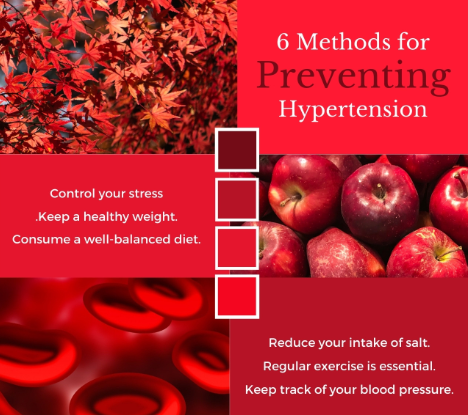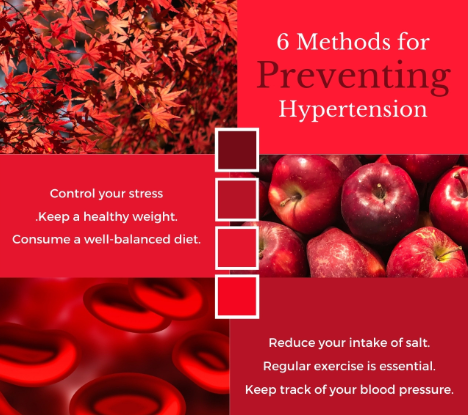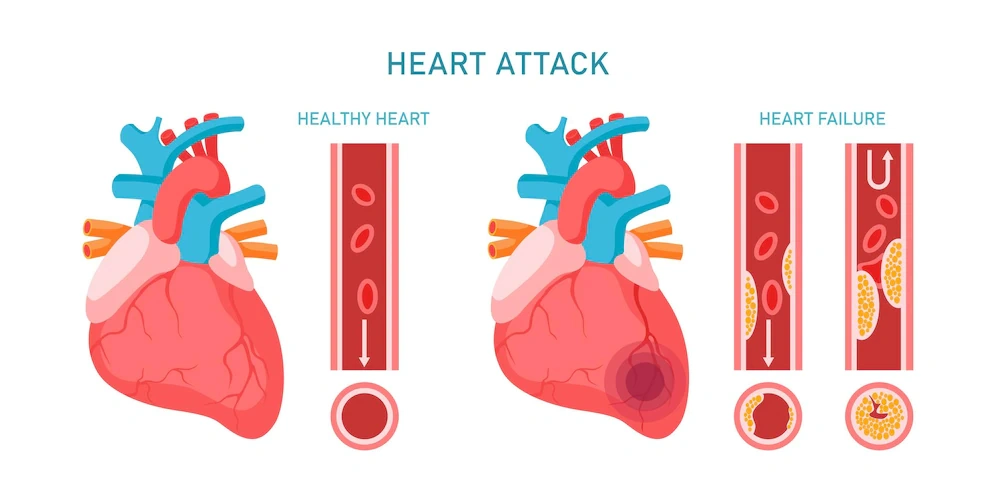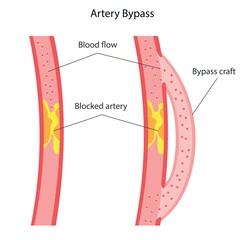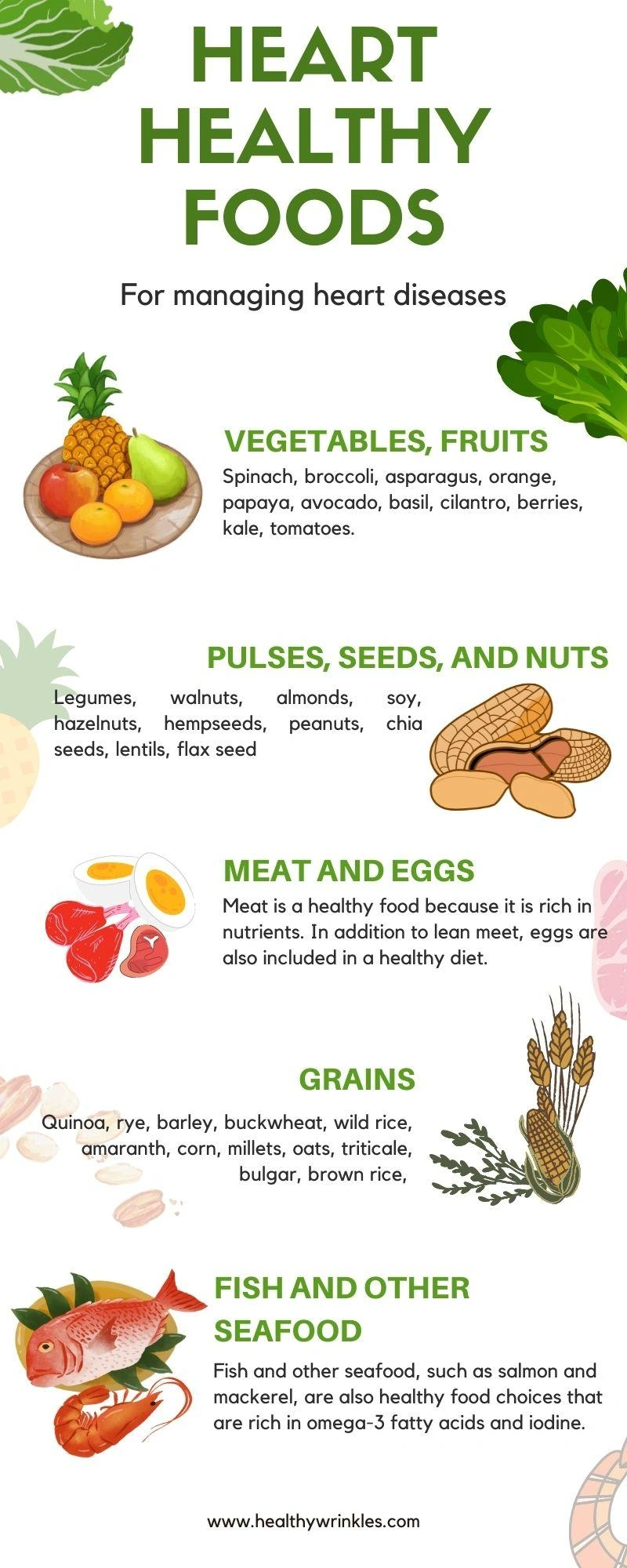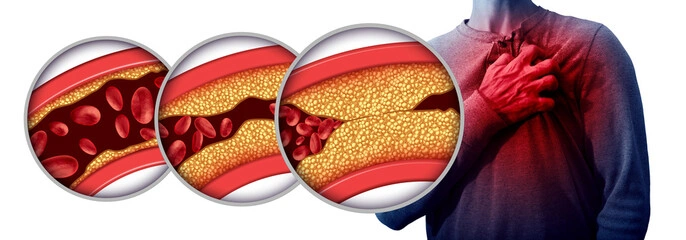Comprehensive Guide to Angina: Causes Types Symptoms and Management
01-10-24
Our heart needs a steady flow of blood that is nutrient- and oxygen-rich to keep working. When there is not enough blood flow to support its workload, the heart muscle may be damaged. During strenuous physical activity, this condition may lead to a kind of crushing chest ache that subsides with rest. The medical term for this condition is angina pectoris. Angina pectoris typically causes temporary heart muscle injury. It can last for months or years and is a precursor to a heart attack. A section of the heart muscle dies when the blood flow to the heart is seriously or persistently hampered. We call this a heart attack (myocardial infarction).
Causes of Angina Pectoris
The coronary arteries supply the heart muscle with blood. It might get obstructed mostly as a result of fatty plaques accumulating in its wall (atherosclerosis). Although the blood flow is constrained, it is nevertheless adequate to give the heart the oxygen it needs for regular everyday activities. However, a person's heart requires more blood when they engage in vigorous physical exercise. The partially blocked arteries prevent the body from getting the extra blood it needs, and the heart muscle suffers damage from not getting enough oxygen (ischemia), which causes pain.
Three different types of Angina:
●When overeating, stress, cold weather, and physical exertion cause chest pain, it is stable angina.
●Unstable angina is characterized by a blood clot that unexpectedly narrows a coronary artery.
●Variant Angina, in which the coronary artery walls' muscles suddenly contract, constricting the vessel.
Many of the same factors that lead to a heart attack can induce angina pectoris.
Symptoms and Signs
One of the frequent causes of chest pain in the elderly is angina pectoris. In fact, when a senior presents with chest pain, it should be suspected in addition to a heart attack and then initially ruled out. The fundamental distinction between angina pectoris and a heart attack is that angina pectoris's symptoms improve with rest. A heart attack does not cause this to occur.
The other symptoms, in addition to chest pain that may spread down the arm, to the neck or jaw, shoulder, or back, are as follows:
●Breathing difficulty
●Dizziness
●Sweating
●Nausea
●Anxiety
The pain is frequently misinterpreted as acid reflux-related heartburn. Angina can be distinguished from this by using antacids, which treat heartburn but not angina. Similarly, nitrates are a class of drugs that treat angina but not heartburn.
How to treat angina pectoris?
There may be no need for medication in cases with mild angina. It can be controlled by making lifestyle adjustments like:
●Giving up smoking cigarettes.
●Shedding pounds.
●Adopting a low-fat diet.
●Lowering both physical and mental stress.
●Limiting alcohol consumption.
Medications to treat more severe cases.
●Because nitrates make the arteries wider, more blood may flow through them.
●An artery-completely occluding blood clot can be avoided by taking aspirin.
●Anti-hypertensives aid in restoring normal blood pressure and heart rate.
●Drugs that decrease cholesterol to stop the development of fatty plaques in the arterial wall.
The following surgical techniques can also aid in treating angina:
●A tiny tube is placed into the coronary artery during angioplasties and stenting, and a balloon is then inflated to enlarge the artery. To maintain the artery open, a little wire coil is introduced.
●Bypass surgery involves grafting a new artery to the blocked artery to provide a different blood flow.



